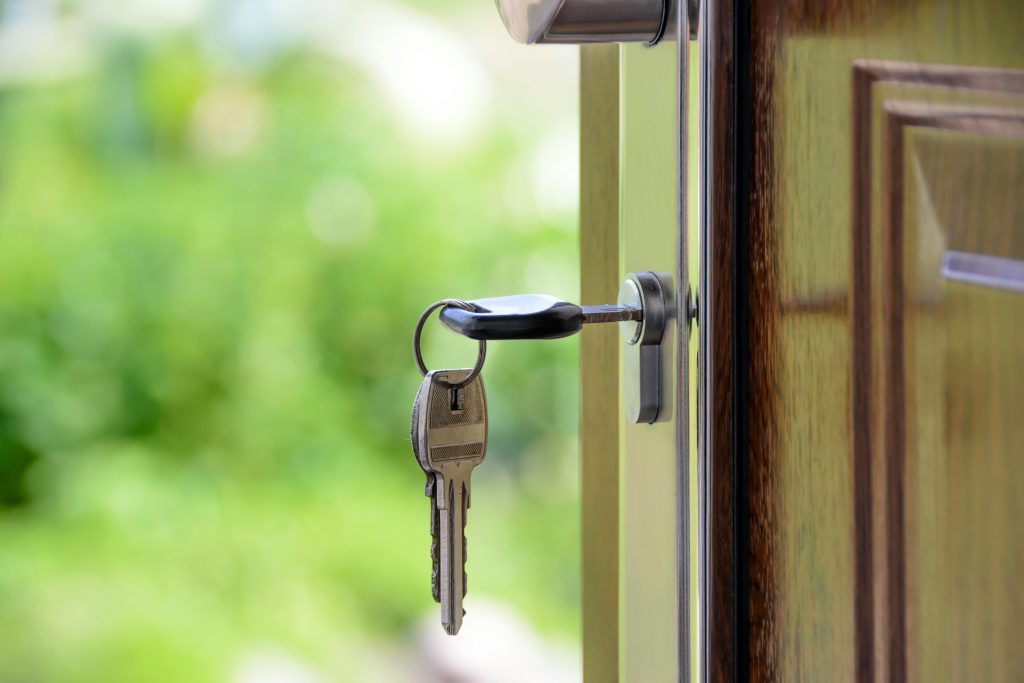Troubleshooting a Partially Detected Samsung 980 Pro SSD
Hello, tech enthusiasts!
Recently, I encountered an interesting challenge while trying to access a Samsung 980 Pro SSD. This is a follow-up to my previous query, where I discussed the initial detection issues I was experiencing with the drive. I’m eager to share my progress and seek further guidance from the community.
After some research and effort, I acquired a USB NVMe adapter. While it’s a step forward, I’ve noticed that although Windows File Explorer doesn’t recognize the drive, the Device Manager acknowledges its presence. However, there’s a curious discrepancy—the system identifies the 2TB SSD as only 1TB.
This raises the question: how can I get my 2020 ASUS ROG STRIX laptop, running Windows 10, to properly read the drive?
Upon further inspection in Disk Management, I encountered a frustrating roadblock. I’m unable to initialize the SSD as it returns a “fatal device hardware error”, despite Command Prompt reporting that the disk status is okay. I’m eager to find a workaround for this issue.
If anyone has insights, suggestions, or similar experiences, I would greatly appreciate your input. Thank you for any assistance you can provide in navigating this technical dilemma!
Share this content:




Re: Troubleshooting a Partially Detected Samsung 980 Pro SSD
Hi there,
It sounds like you’re facing some common issues with NVMe SSD detection and initialization. Here are a few steps you can try to resolve the discrepancy and get your drive functioning correctly: